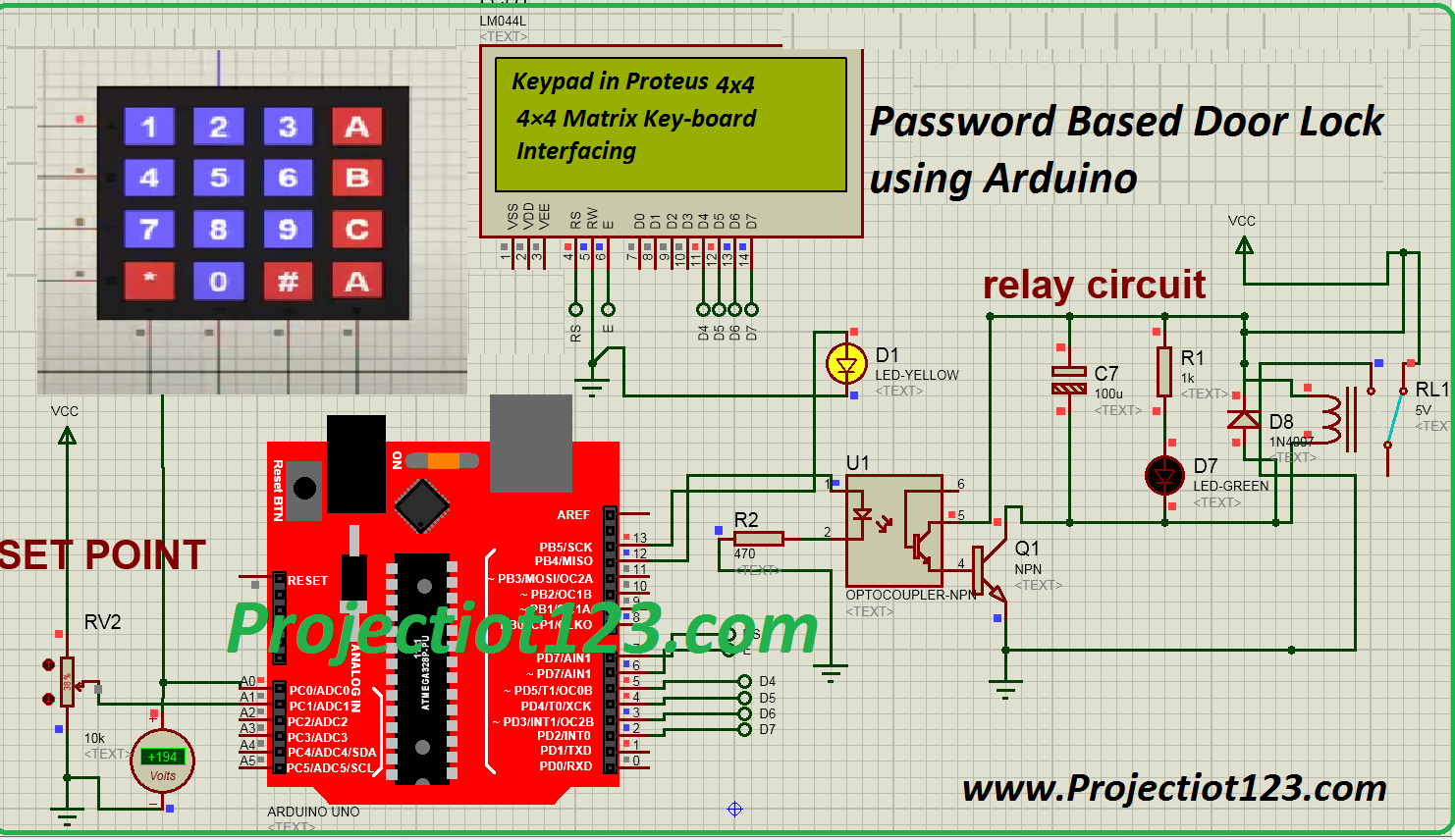
- Nmosfet proteus library how to#
- Nmosfet proteus library verification#
- Nmosfet proteus library software#
- Nmosfet proteus library series#
Select the pin to be modified or shifted from one side of the rectangular block to the other side, then Right-Click and select X-Mirror option. The pin orientation can be modified by mirror option in its Right-Click Menu. The component properties are displayed after decomposing the component. It is the combination of several pins/terminals and a rectangular block. Now, the actual component is split into basic parts. Decompose the Component – Microcontroller Right-Click the component and then select the ‘ Decompose’ option from the Right-Click Menu. Step2: Place the component on the worksheet. Step1: Select the component from pick devices tab. Actual and Expected Views of Microcontroller The component is modified such that it looks like a development board in DIP view.

The actual and expected views are shown below. The colours, shapes, pins/terminals layout can be changed. We can convert the existing microcontroller into a development board.

In this example, a microcontroller is modified. Now, let’s go to next level of modification. In the previous example, we have seen the basic modifications like changing the shape through drag and drop option and changing component properties like the voltage.
Nmosfet proteus library verification#
Verification and Modifying the View of Relay – Video Demo The procedure to modify the component is also shown. Below is the simulation video that compares the operation of modified and default components. Now, let’s verify whether the modified component works similar to the default component or not. After this step, the component is created in the library and can be used a regular component by placing it in the workspace.
Nmosfet proteus library series#
Step4: Through a series of options the name of the component, Index and other reference parameters can be edited or left unchanged. Right-click the selected part and then select the ‘ Make device’ option from the Right-click Menu. Step3: Select all the parts of the expected view. Select the individual parts and drag them to get the expected view. So, these parts are now movable or editable. Now, the individual segments or parts of the component get decomposed.
Nmosfet proteus library how to#
The expected view is shown below and the below procedure explains how to transform from the actual view to the expected view. Now, the position of the coil and the switch are modified in this example. A basic relay contains a coil and an SPDT switch. In this example, the shape and the orientation of the component are modified. Let’s begin with a simple component, the Relay.
Nmosfet proteus library software#
For this purpose, 2D Graphics mode of the software is used.

In this article, a user-friendly feature in the Proteus software is presented, which is the Make Device. Make/Modify a Component in Proteus (2D Graphics)


 0 kommentar(er)
0 kommentar(er)
